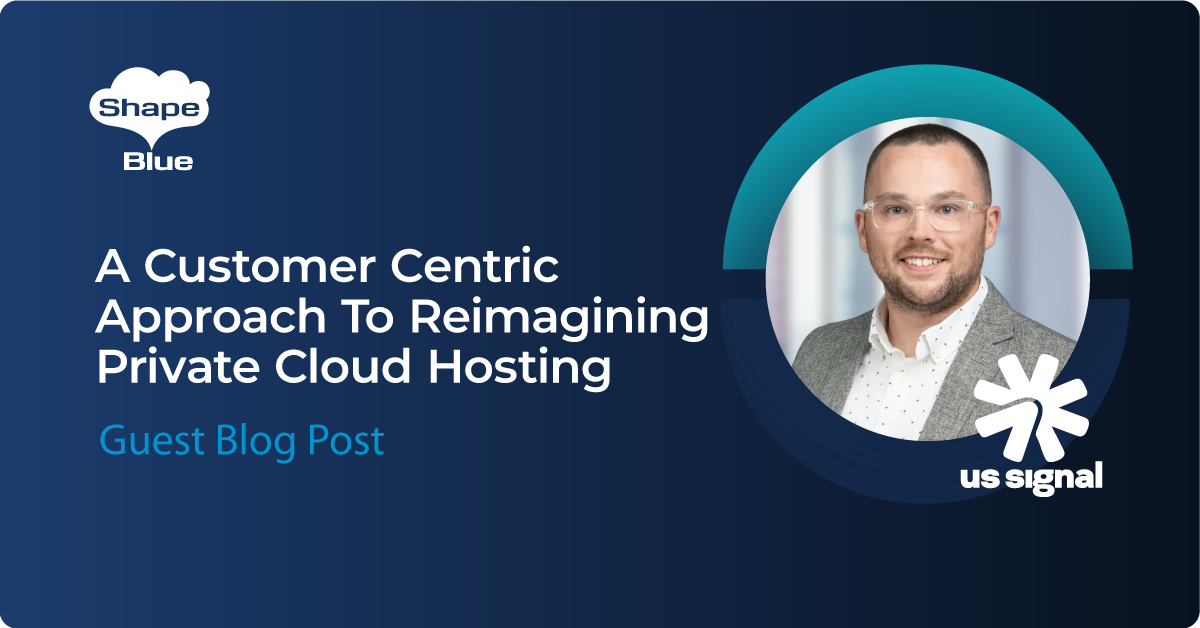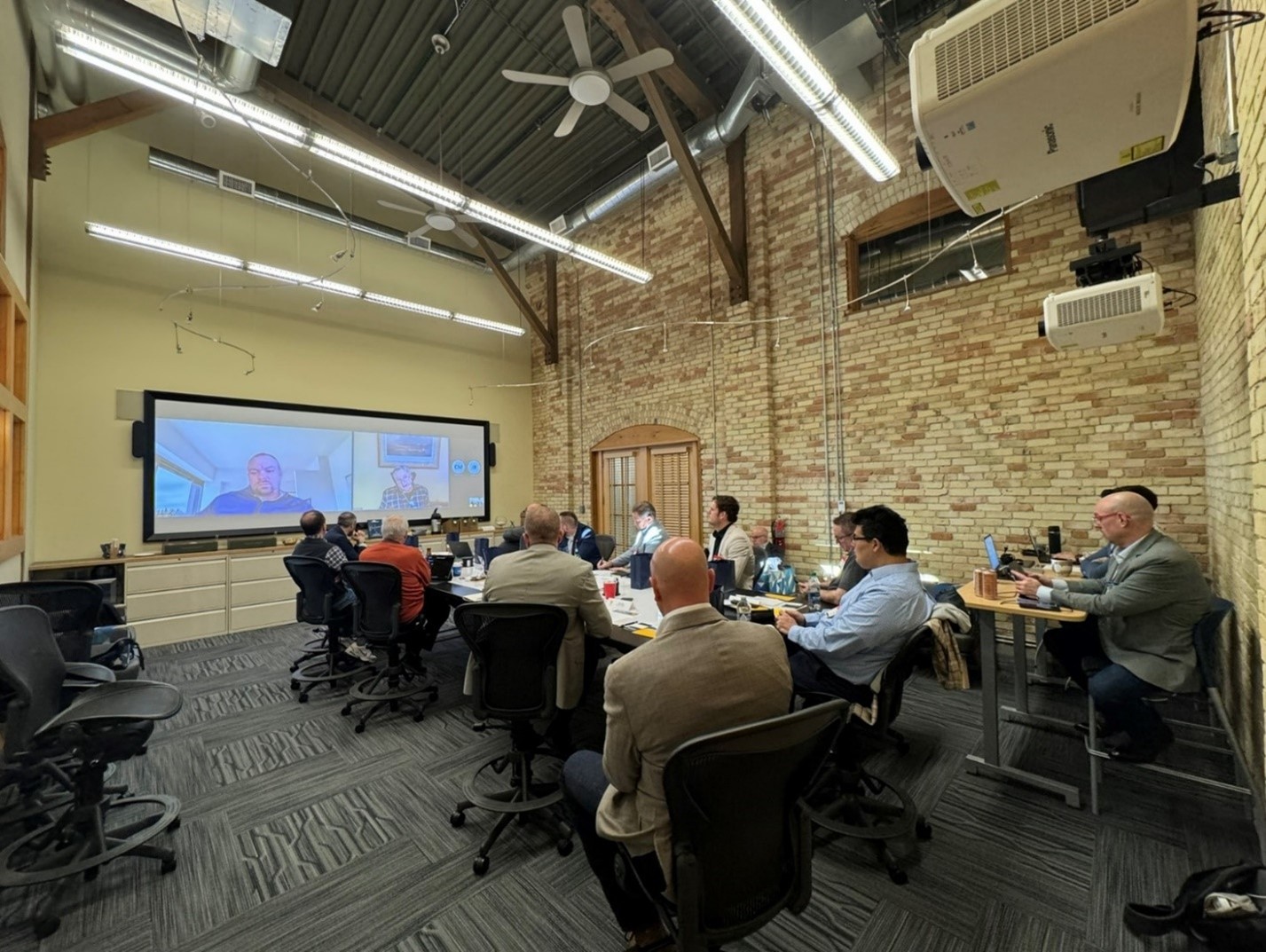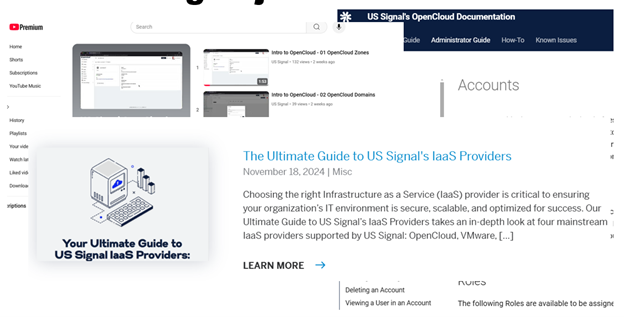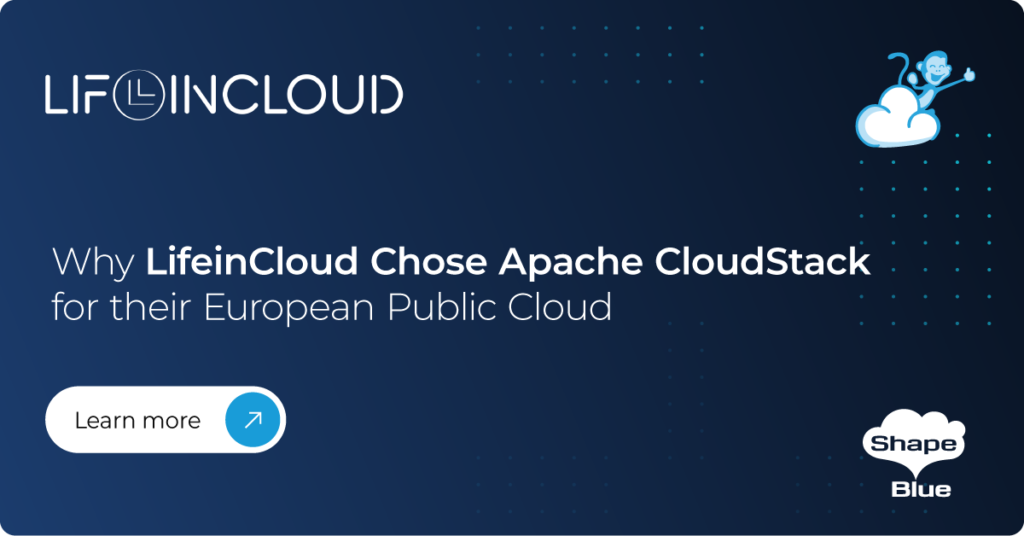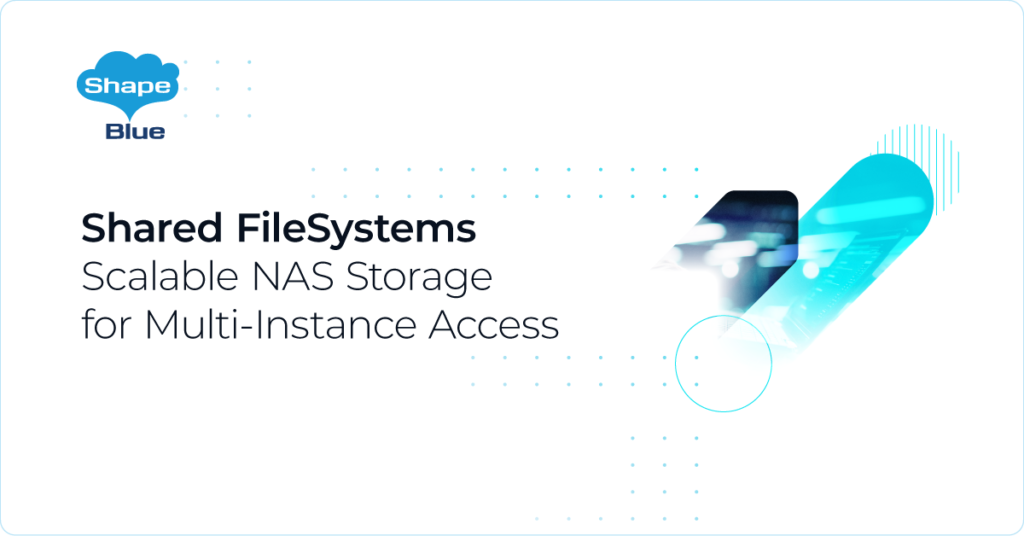At ShapeBlue, we believe that sharing real-world success stories is essential in demonstrating the power and potential of open-source solutions. Open-source technology thrives on collaboration, and every success story strengthens the community, proving that innovation doesn’t have to come with vendor lock-in or unpredictable costs.
We’re joined by David Humes, Vice President of Product at US Signal, to share insights from their journey in building OpenCloud.
US Signal’s collaboration with their Customer Advisory Board (CAB) surfaced some primary concerns that shaped the platform’s direction. In this post, David reflects on those early challenges and how US Signal addressed them throughout the development process.
One major consideration was flexible consumption – an area where Public Cloud providers have long excelled. David explains that the ability to instantly provision resources with a simple credit card transaction, without provider intervention, has played a major role in their widespread adoption.
Origin
We first began working on what would become OpenCloud back in January 2024, as rumors spread about price increases in the virtualization space. At the time, the facts and data were somewhat opaque, but we knew change was coming.
The truth is that virtualization platform price increases were the trigger of the project, but John White (COO), Pat Cannon (VP of Solution Architecture & Field CTO), Daven Winans (VP of Engineering & Innovation) and I discussed this likelihood months prior in John’s office, as we imagined what the future of cloud would be.
At the time, we had some differences on the exact solution, but unequivocally agreed that the hybrid future needed to include a more flexible option beyond what traditional Private Cloud providers (of which we are one!) could offer. Ultimately, the vision was to combine the best of what our customers love about Private and Public Cloud models – without the downsides.
Customer Centricity
US Signals’ product roadmap is driven by one thing: our customers. Indeed, part of a healthy service provider and customer relationship is having a continuous feedback loop which drives mutual success.
Where others saw this disruption as a risk, we saw opportunity… opportunity to build something great. In February 2024, our newly assembled Customer Advisory Board met at our Grand Rapids HQ, consisting of both Managed Services Providers and SMB to Enterprise organizations in healthcare, financial services, and manufacturing. The result of this CAB was 4 primary concerns. Looking back, I’ve also shared how we’ve solved for these concerns throughout the development process:
- Price – OpenCloud is typically priced lower than competing solutions, and the lack of reliance on 3rd party software vendors mean price consistency will be greatly improved for the long run.
- Performance – OpenCloud, which is built on enterprise-grade hardware such as Dell R650XS compute nodes, Arista spine/leaf switching, and Infinidat all flash storage, performs similarly or better to our main competitors.
- Security & Compliance – we’ve architected OpenCloud to be secure and compliant from the ground up.
- SLA – OpenCloud includes a 100% punitive SLA.
As we took input from the CAB into continued testing and development, CloudStack on KVM emerged as the clear front-runner. To validate this, we brought in 5 customers – some of them members of that very same Customer Advisory Board – into a 4-week Beta test over the course of July and August.
In the end, Beta feedback informed our decision to ditch the commercial options – which were subject to the same future price increases we and our customers were already experiencing – and lacked the true cloud like consumption options – and embrace Open Source as the way. Thus, OpenCloud was born.
True cloud, not virtualization-as-a-service
Flexible consumption is something Public Cloud providers have long excelled at, and no doubt it’s part of their rise to ubiquity. You can “swipe” a credit card and immediately begin consuming services, without the need for involvement by the hosting provider. And when you need more, you don’t need to ask for permission – you just do.
To meet our customers where they are, we offer 2 ways to consume OpenCloud:
- Uncommitted consumption (aka month-to-month), whereby our customers can freely consume OpenCloud instances, storage, and networking with no contractual obligation. Customers can add or remove instances on the fly, increment storage, or setup remote zone snapshots without any involvement from US Signal – usage of these resources is billed daily.
- Committed consumption, whereby our customers can agree to a term contract (≥12 months) in exchange for a discount from list rates. This commitment is to a dollar spend per month, NOT to specific units of storage/compute/memory/etc. – which means customers can adjust their consumption without penalty during their agreement.
Customers may also mix and match – if there are workloads that are more static by nature, committing to those resources upfront can make sense for the dollar savings. At the same time, we recognize that businesses today require the ability to be dynamic, so customers can always provision resources above their commitment and choose whether that resource need is temporary (billed at month-to-month rates) or needed longer-term (coterminous adjustment at any time).
And, of course, you will always have access to US Signals’ US-based Technical Operations Center, where you’ll get a real human who can help in 30 seconds or less.
Overcoming objections
Anytime you do something new, questions naturally arise. One of the key items we’ve focused on is having world-class documentation for OpenCloud that is easily accessible both internally and externally. This documentation appeals to multiple learning modalities, with both written and video guides for everything from the basics to advanced configurations.
What’s next for OpenCloud?
We have seen unprecedented customer demand for the OpenCloud solution and now have many customers onboarded – and are bringing on more every day!
Still, some things we’re looking at for 2025 include:
- Enhancing the digital experience. What if customers could monitor, manage, and provision all of their US Signal cloud solutions from a single pane?
- Build native Disaster Recovery as a Service capabilities which serve the demanding needs of enterprises
- Leverage OpenCloud to provide IaaS services in conjunction with platforms like Microsoft Azure to control costs and ensure performance
- Utilize the power of the OpenCloud platform to deliver highly performant, cost-effective Virtual Desktops
- Deploy into partner data centers or customer premises for true Edge computing
Watch the full recording of David’s talk at the CloudStack Collaboration Conference 2024 in Madrid:
Ivet Petrova is the Marketing Director of ShapeBlue. She is responsible for strengthening ShapeBlue’s global brand and market awareness of ShapeBlue’s services. Specifically, Ivet’s team is responsible for brand, advertising, content and digital marketing, social media, and media relations.
Ivet is also an active member of the CloudStack community, working on increasing the awareness of the technology and showing its benefits to a wider market.
Ivet has 13+ years of experience in marketing for IT service providers including a number of cloud and hosting providers, storage companies, SaaS providers and software development companies. She holds a Masters degree in Marketing.
Away from work, Ivet is passionate about travelling around the world and exploring new cultures.
